
Why eating a rainbow is good for You?
Eating a variety of different fruits and vegetables is important for health and principle of eating the rainbow is significant healthy eating advice. But what does it mean?
These principles promote our health as our bodies benefit for eating variety in terms of colour and food type. We need different vitamins, minerals and nature has colour coded it for us, so eating variety of different coloured foods is easy way to receive almost all necessary nutrients for Your body and mind.
Each colour in fruits and vegetables is because of their phytonutrients and it indicates presence of certain nutrients in specific fruits and vegetables.
RED

Red veggies and fruits contain phytochemicals, including lycopene and ellagic acid. Red foods can reduce risks of diabetes, cardiovascular diseases and have cancer-fighting benefits.
Red foods: tomatoes, red pepper, red onions, radish, red beans, beets, strawberries, raspberries, cranberries, watermelon, rhubarb, red apples, cherries, and pomegranate.
Yellow & Orange

Orange and yellow fruits and vegetables are rich in Vitamin C and carotenoids, including beta-carotene, which promotes healthy vision and cell growth. Citrus fruits contain hesperidin that increases blood flow and could help prevent strokes.
Orange and yellow foods: vitamin A superfoods - pumpkins, winter squash, also sweet potatoes and carrots, sweet corn, yellow summer squash, yellow and orange peppers, orange lentils, citrus fruits (lemons, oranges, grapefruit, and pomelos) pineapple, papayas, cantaloupe, peaches, and apricots.
Green

Green coloured fruits and veggies are are rich in lutein, isothiocyanates, isoflavones, and vitamin K, which is necessary for blood and bone health. Leafy green vegetables are loaded with antioxidants and folates (a nutrient that is especially valuable for pregnant women). Cruciferous vegetables, like broccoli, could enhance your immune system.
Green foods: leafy vegetables (kale, romaine lettuce, collard greens, spinach, and arugula), broccoli, brussels sprouts, asparagus, zucchini, edamame, green beans, celery, cucumbers, peas (green peas, snow peas, snap peas), avocado, kiwi, green grapes, and green apples.
Blue & Purple

Blue and purple foods contain anthocyanins, which powerful antioxidants that could help protect cells from damage and could reduce the risk of cancer and heart diseases. Beetroot, radishes, and purple cabbage are full of nitrates that can help lower blood pressure naturally. Fruits – the darker, the better – contain phytochemicals that are known to repair damage from stress and inflammation.
Blue and purple foods: eggplant, purple cabbage, beetroot, radishes, purple carrots, black olives, berries (blueberries and blackberries), passionfruit, purple grapes, purple plums, prunes, and dark cherries.
White & Brown

While these foods are not as bright as the other colours, they still contain important nutrients. Cauliflower is a cruciferous vegetable rich in a healthy compound called sulforaphane. Garlic and onions contain allicin and quercetin that help to reduce the risks of cancer and have anti-inflammatory properties. Mushrooms contain selenium which are necessary for supporting the immune system.
White and brown foods: cauliflower, garlic, shallots and onions, leeks, parsnips, white beans (cannellini, lima beans, navy beans, soybeans), bananas (considered white) lychees, white peaches, and white nectarine; potatoes, brown lentils, mushrooms, Jerusalem artichoke, dates and Bosc pears.
In conclusion
All our NutriBoom freeze dried snacks are colourful and retains up to 98% of nutrients as fresh ones. It is delicious and healthy choice for snack time, improving water consumption by adding freeze dried berries or citrus fruits like limes to drinking water, making fun in baking muffins and cakes. The possibilities to use our freeze dried goods are endless.
Taste the Nature with NutriBoom 💚
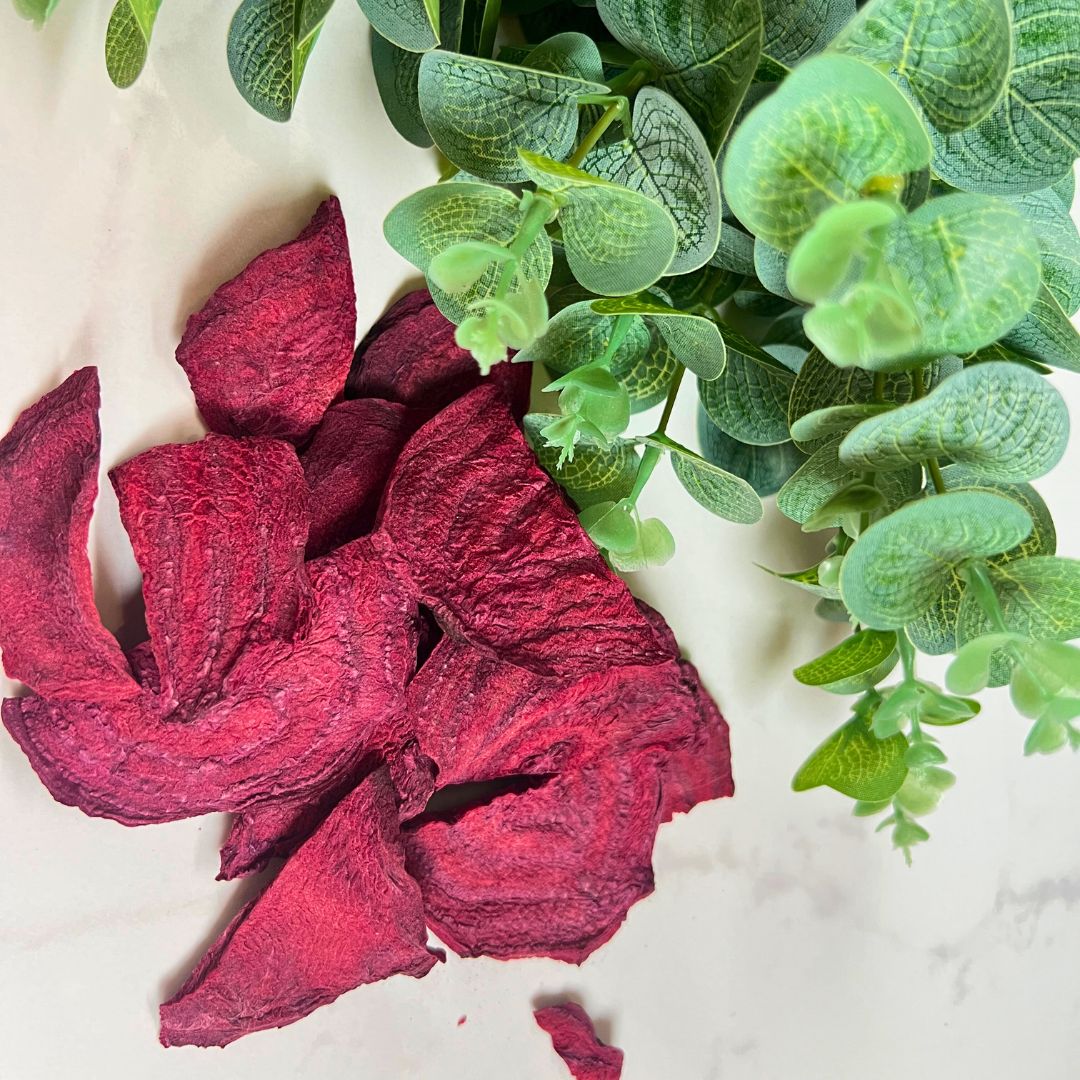
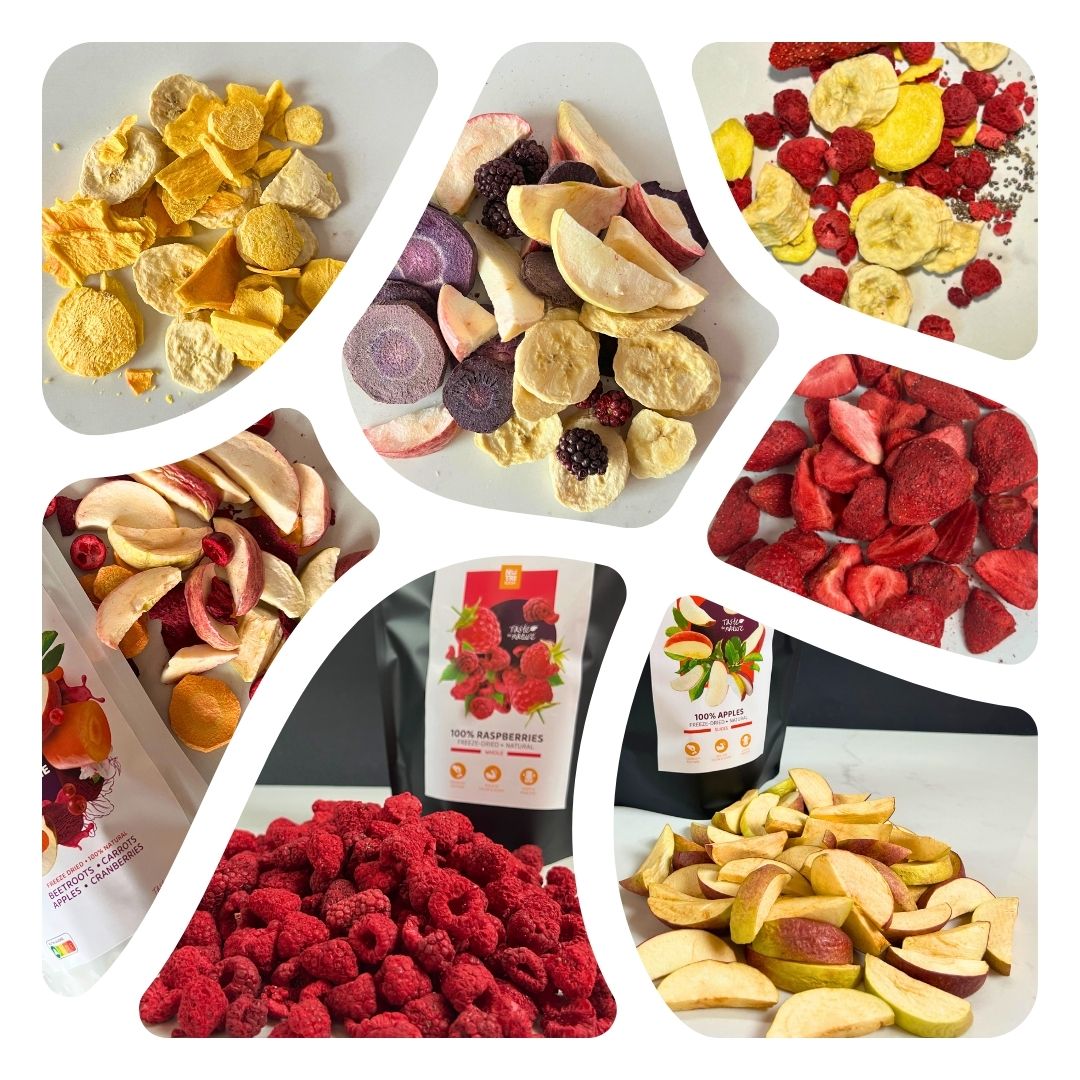
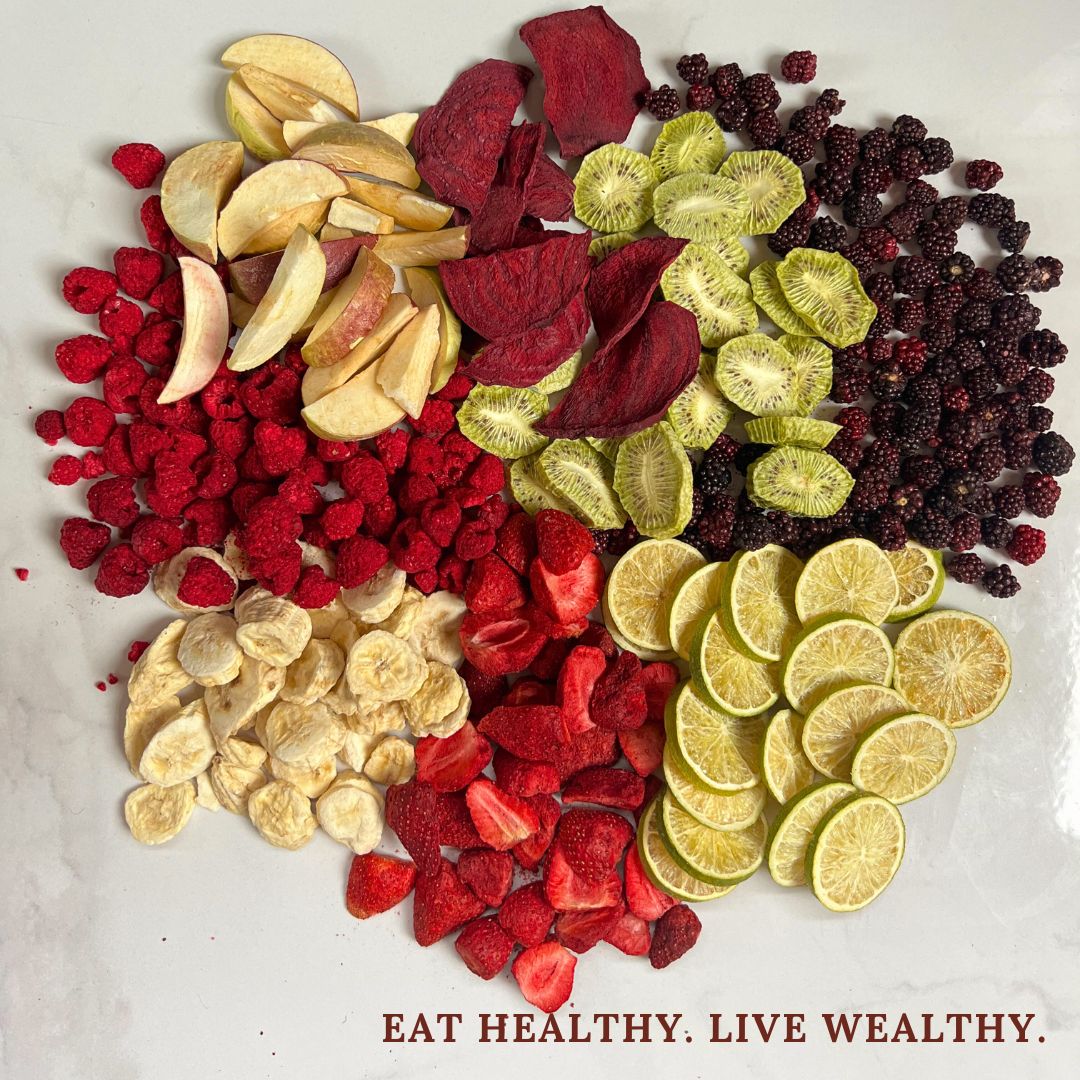
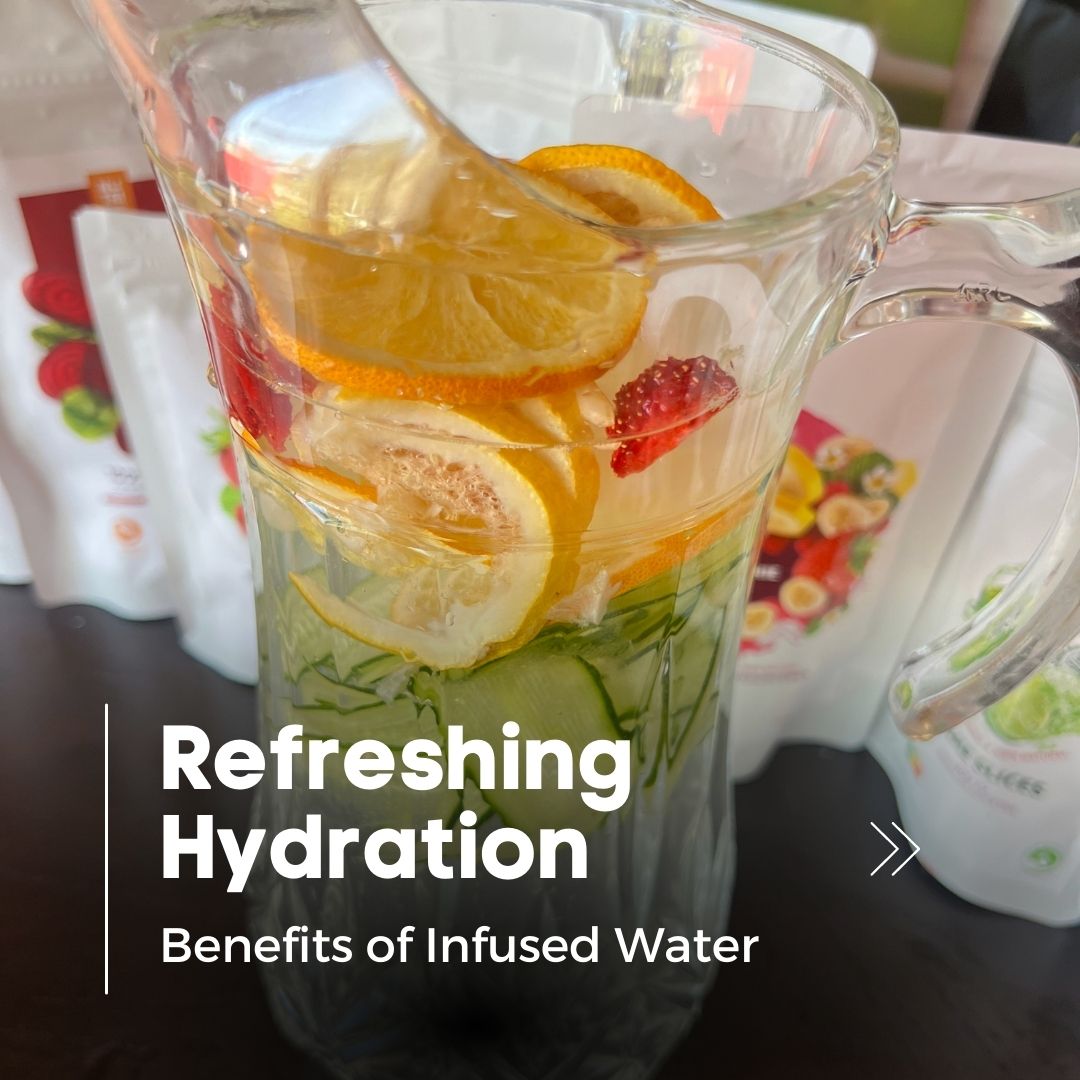
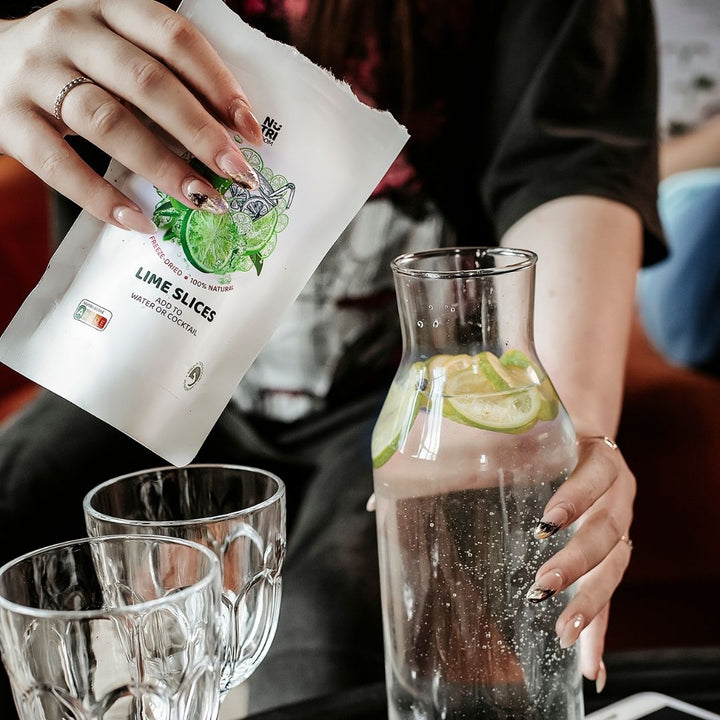
Comments (0)
Back to News